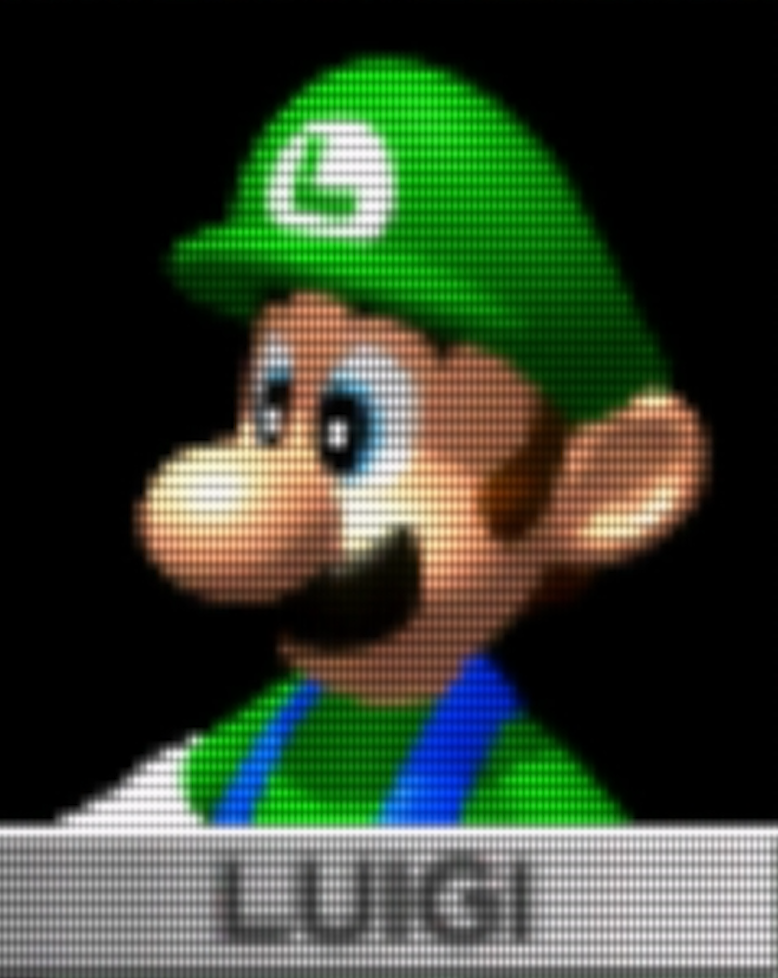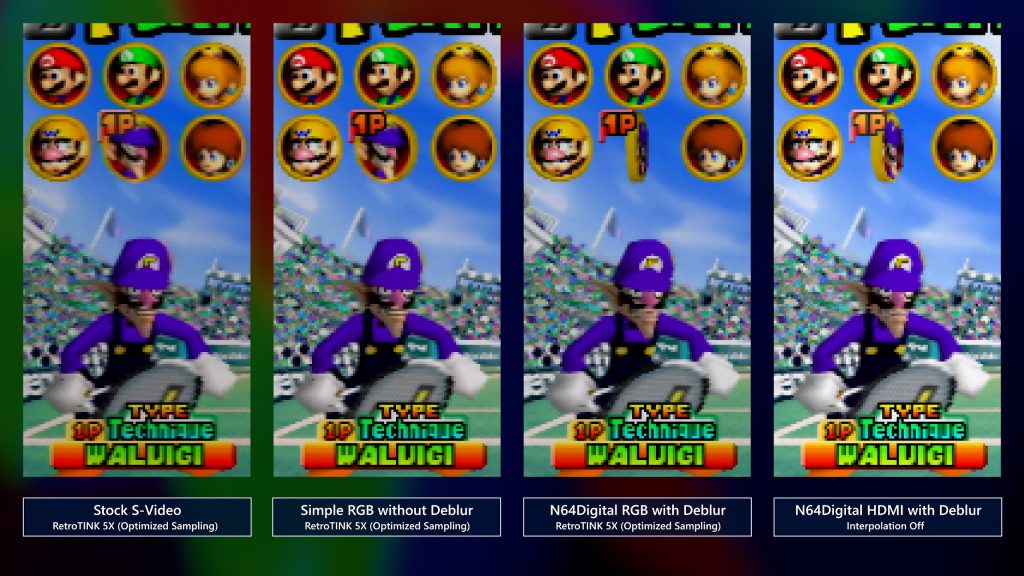Hey everyone, it’s Try from My Life in Gaming. We’ve spent the past month or so getting familiar with the N64Digital from Pixel FX, and have finally managed to release our findings in a new episode!
The gist of it is that the N64Digital’s HDMI output offers the most advanced scaling we’ve yet seen in an original hardware solution to date, mod or upscaler. Excellent interpolation ensures a sharp and evenly-scaled appearance even at non-integer levels of zoom (which you can tune to a wildly specific degree – like 5.125x – if you so desire). I really appreciate the logical simplicity of the very streamlined set of options available on the RetroTINK 5X – it has exactly what you need to get a great picture without so many features to wade through. That’s its strength. But for us scaling nerds, it’s equally exciting to be given so much control right here at our fingertips.

N64Digital also offers by far the best artificial scanlines I’ve ever seen outside of emulation – and that was already my assessment before a firmware update this past Friday added vertical scanlines. What good are vertical scanlines on the N64? Well, it’s interesting because the N64 always outputs a 640 pixel-wide image regardless of the internal resolution (which is typically 320). You can blend vertical scanlines (placed between each of these 640 lines) with horizontal scanlines (between the 240 vertical lines) to create a crunchier, more consumer CRTish look. You also have a huge amount of control over the thickness/opacity of the lines, and the saturation/brightness of the picture when adjusting both vertical and horizontal scanlines. Unlike most artificial scanlines I’ve seen, this not only lets you compensate for the darkened image, but also lets highlights “bloom” a bit over darker colors, just like on a CRT. I’ve long lamented that no scanlines for any mod or upscaler matched what the Ultra HDMI did over half a decade ago… so it’s fitting that a new challenger in the N64 modding space was the first to match (and arguably surpass) the Ultra HDMI’s scanlines.
But of course, deblur is also here and you can get your crispy pixel look with N64Digital too! If this is how you want to play most games, particularly if you disable interpolation and go for a 4X or 5X scale, then there is zero difference in image quality between N64Digital and Ultra HDMI, so if you already have a deblur RGB or HDMI mod, you shouldn’t feel like yours is outdated or no good. N64Digital offers much more flexibility thanks to its powerful scaling engine, but this doesn’t gain you anything if you are happy using integer scales anyway (non-integer scales let you fill the screen a bit more fully on a game-by-game basis).
The RGB is also equal in quality to any existing deblur mod to my eye, and it’s more expensive than RGB-only mods… so this is not for people who only care about analog output. Speaking of which, one test that really surprised me is that if using the RetroTINK 5X’s optimized sampling, a non-deblur RGB mod looks exactly like a deblur mod! So if you have an early console (serial number beginning in NS1), then you can get the deblur look with a very inexpensive RGB mod, as long as you have a RetroTINK 5X (or the patience to dial in optimized sampling on the OSSC).

The N64Digital is still being constantly updated, and I hope my few criticisms will be resolved soon enough. For one, bob deinterlacing is not as well-done as what you can do with the RetroTINK 5X, and motion adaptive deinterlacing is still absent. This doesn’t bother me all that much because I avoid 480i on N64 wherever possible, but 480i will be very important for Pixel FX’s mods going forward, so I’m looking forward to seeing how motion adaptive deinterlacing will perform once it’s ready. In addition, the audio is good, but does have a slightly more pronounced high range compared to analog audio. A very basic audio sampling technique is used for the time being, but Woozle tells us that he plans to eventually replace this with a polyphase audio sampler (much like how the video scaler works), so I hope it will eventually sound exactly like analog audio.
It’s really no surprise to see this team pulling off the amazing stuff that they have here, but it’s still such a joy to see that the future of original hardware scaling is looking so bright. I know not everyone is as big of an N64 fanatic as I am, but even if you aren’t, I hope you’ll check out the episode anyway because Pixel FX will surely eventually be making things you do care about, and this scaling technology will no doubt be their foundation going forward.
